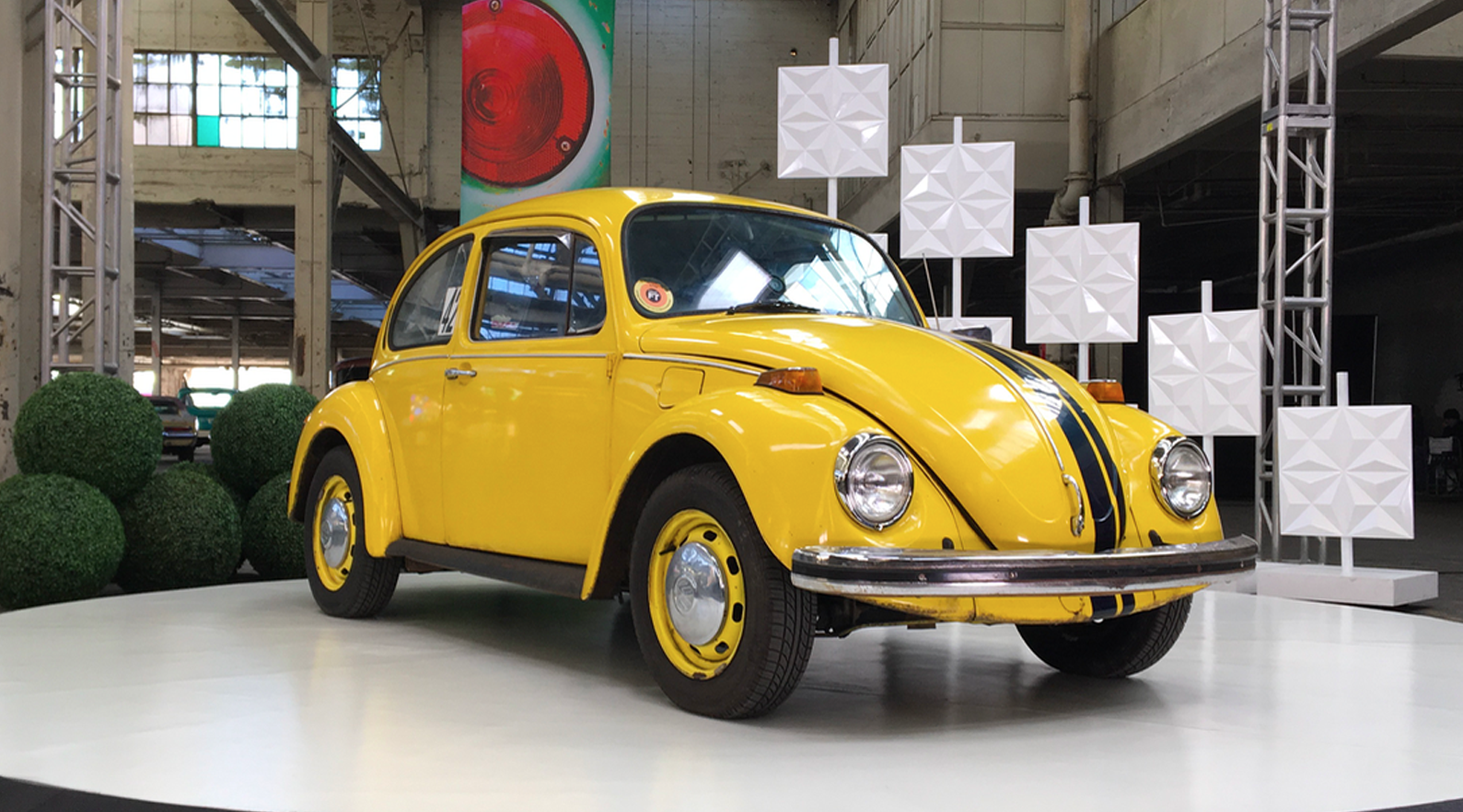The Ship Of Theseus Problem Is Trending Because Of WandaVision So Let's Discuss It In Terms Of Cars
At the moment I'm writing this, the Ship of Theseus problem is trending on Twitter, because it's referenced in the season finale of WandaVision, a currently popular Marvel Universe television program that's been digging into some interesting issues. Even if you don't know anything about the show, that's fine, because I want to talk about the philosophical thought experiment of the Ship of Theseus and how it relates to cars, because I, weirdly, have a pretty clear opinion here. So hold on.
If you can't recall the Ship of Theseus question because that was the semester of Philosophy 101 where you were too hung over and vomit-soaked to ever attend class, I'll remind you by quoting some Plutarch:
The ship wherein Theseus and the youth of Athens returned from Crete had thirty oars, and was preserved by the Athenians down even to the time of Demetrius Phalereus, for they took away the old planks as they decayed, putting in new and stronger timber in their places, insomuch that this ship became a standing example among the philosophers, for the logical question of things that grow; one side holding that the ship remained the same, and the other contending that it was not the same.
Okay, so, basically, here's the gist: Theseus was a mythical king of Athens, and he had a ship. The Athenians preserved the ship by replacing parts whenever one broke or decayed, and eventually had replaced all the parts of the ship.
So is it still the same ship?
There's similar paradoxes like this, maybe the best known being the Grandfather's Axe one, which is basically the same deal, but easier to consider because an ax just has two parts: if your grandfather gives you an axe, and you eventually replace the head, then the handle, is it the same axe?
We can very easily think about this in terms of cars: if you have a car, and over the years replace the engine, trans, body, then move that all to a new chassis (if you know, non-unibody), and eventually everything else, is it still the same car?
It doesn't even really have to be all or none, either, I don't think. For example, I've replaced, at different times, the engine and transmission in my old '73 Beetle. I've replaced the hood and three of the four fenders. I've swapped the speedo, the bumpers, a taillight, and who knows how many little bits over the years.

If, let's say, after many years, I pass it down to Otto, my kid, and when he's older he replaces the whole pan, would it become a new car, but with a few original body parts and suspension bits still on it?
This can be a tricky question, but for some reason my take is unusually clear, for me at least. I think it's absolutely the same car. And the same boat, same axe. But, I do have some rules as to why.
I think something like a car, for example, exists as an entity, of sorts. Once built, it's no longer a collection of parts, it's a distinct object unto itself, a car, made of parts.
As long as the parts are replaced in a gradual, as needed fashion, and added to something that still exists recognizably as a car, then you can keep replacing parts in a never-ending chain and it's the same car.
If the car is in a wreck and destroyed to the point where the state of it can no longer be classified as a car in any sense, operable or not, and, maybe more importantly, it is not perceived by anyone around it to be that car anymore, then the chain ends, and if it's rebuilt with other parts, that rebuilt car is a replica.
Now, if the car is old and decaying like, say, something David Tracy might buy, as long as it's still identified conceptually as the original car, I think it can be brought back and considered the same car even if nearly everything is replaced.
Speaking of David, he addressed this as well a few years back, but in a modification context instead of a preservation one.
I don't think you can replace absolutely everything all at once — that's building a replica. The key is that the chain of parts has to be unbroken, linking back to the original somehow, and during that time of links back, the car always had to be perceived as the same entity. But that chain could be based on some pretty minor parts, I suppose.
I mean, if it's just a dash knob that's left and everything else is replaced, than I'm not sure counts. But, if it's, oh, let's say less than half replaced at any given moment, I could be okay with that. Even if it means replacing the other half a week later.
Does this make sense? In terms of something simple like the axe, this means it's the same if you start with the axe, then replace the head on the old handle, and then replace the handle, because we have an unbroken chain of replacements, and the whole time the axe was understood as the "same" axe, even if at the end no part is the same as it was originally.
Of course, this is very up for debate, but that's what I think. As long as Otto just keeps replacing Beetle parts as needed, and still regards the car as the one his father drove him in from when he was a baby, that will always be his dad's Bug.
Am I crazy? Do you have some take on Thesus' boat here? Your own set of rules? Let's piss away a Friday by arguing philosophy online, because that's our right, dammit.
